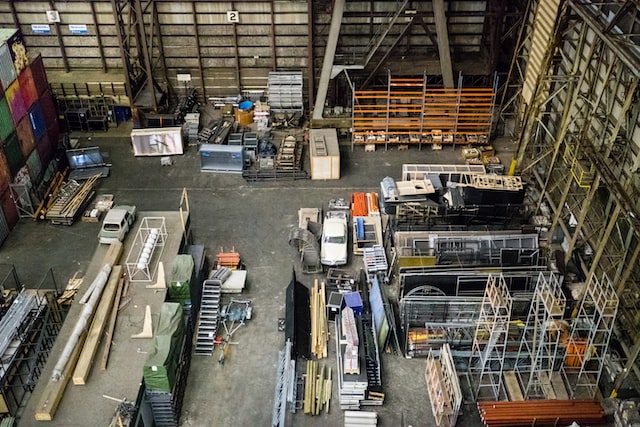
Whether you are a small startup or a multinational company, plastic prototype manufacturing is an important skill to master. The use of this technology is growing more and more, and it is one that has helped companies develop products that could not be manufactured any other way. This article will discuss some of the key techniques you need to know when utilizing this technology.
3D printing
Using a plastic prototype design engineer to guide you through the production process can provide many benefits. You can avoid costly design compromises and receive an accurate overview of the final product.
Selective Laser Sintering (SLS) is an ideal technology for durable functional prototypes. It uses a powder bed and a laser to sinter the powder. Its speed and accuracy make it suitable for PA plastic and other materials. Its layer-by-layer construction allows for intricate detail within hours.
Polylactic acid (PLA) is a user-friendly material that can be used in a variety of applications. It has a low printing temperature, minimal warping, and excellent mechanical properties. It is also very inexpensive.
The choice of 3D printing process will depend on your project’s needs. Fused Deposition Modeling is the most common method. It is used for most 3D printing prototyping. This technique involves the extrusion of thermoplastic filaments into layers.
There are several other printing methods that you can consider. They all have their own strengths and limitations.
CNC machining
Using CNC machining, it is also great for plastic prototype manufacturing to test your design ideas without the hassles of traditional production methods. The process can be very convenient and is also relatively inexpensive. Oftentimes, it is the fastest and most accurate way to make a plastic prototype.
There are many different types of materials that can be machined. Some plastics are harder to machine than others, such as polycarbonate and ABS. However, these materials are useful in prototyping applications because they are durable and offer high abrasion and wear resistance.
A CNC machine is a highly versatile tool that can be used for all types of prototypes. For example, it can produce threaded features and complex angles. In addition, it can be programmed to accommodate any production volume.
The best CNC machines are computer controlled. They can perform complicated tasks faster and more accurately than human workers. The benefits of using a CNC machining process include higher quality and lower costs. In fact, it can be a more cost-effective alternative to injection molding.
Vacuum casting
Using vacuum casting for plastic prototype manufacturing is a fast and cost-effective way to get your product out into the market. This is a versatile technique that can be used for a wide range of applications. You can produce your final products with a variety of polymer resins. The process can also be used for creating complex parts.
The key to a good vacuum cast part is a good master model. This can be an industrial part, a solid material, or a 3D-printed model. The model can be CNC machined to ensure the highest quality.
The material that is used in the mold will affect the appearance of your final product. In addition to the material, the surface structure of the plastic part will have a significant impact on its final appearance. The process will require the proper optimum temperatures when curing the materials. The mold should be cured at a temperature of about 60 degrees Celsius.
Rapid tooling
Using rapid tooling to manufacture prototypes is an efficient process. It can help you validate market interest, produce small parts quickly and cost-effectively, and ensure that the final product is what you expected.
The process involves a custom mold tool. The machine is also known as a press, and the resin used to make the part is injected into the mold cavity. The part is then cooled and removed from the mold.
The first step is to choose the appropriate material. There are over 15,000 different plastic types to choose from. Some are easier to machine than others. Popular materials include ABS, PC, and PP. The material you select for your rapid tooling part will be a key factor in reducing costs and optimizing manufacturing efficiencies.
Apart from plastic prototypes, 3D printing and CNC machining can also produce metal prototypes. Sheet metal manufacturing is especially for making sheet metal prototypes with a uniform thickness.
Conclusion
Ultimately, prototyping is essential and influential to design and quality control. Prototyping is commonly used for the manufacture of plastic injection molded parts and provides valuable insight into their durability, functionality, and precision prior to mass production. Investing in prototyping upfront can protect you from higher costs later. This is the total cost of ownership.
